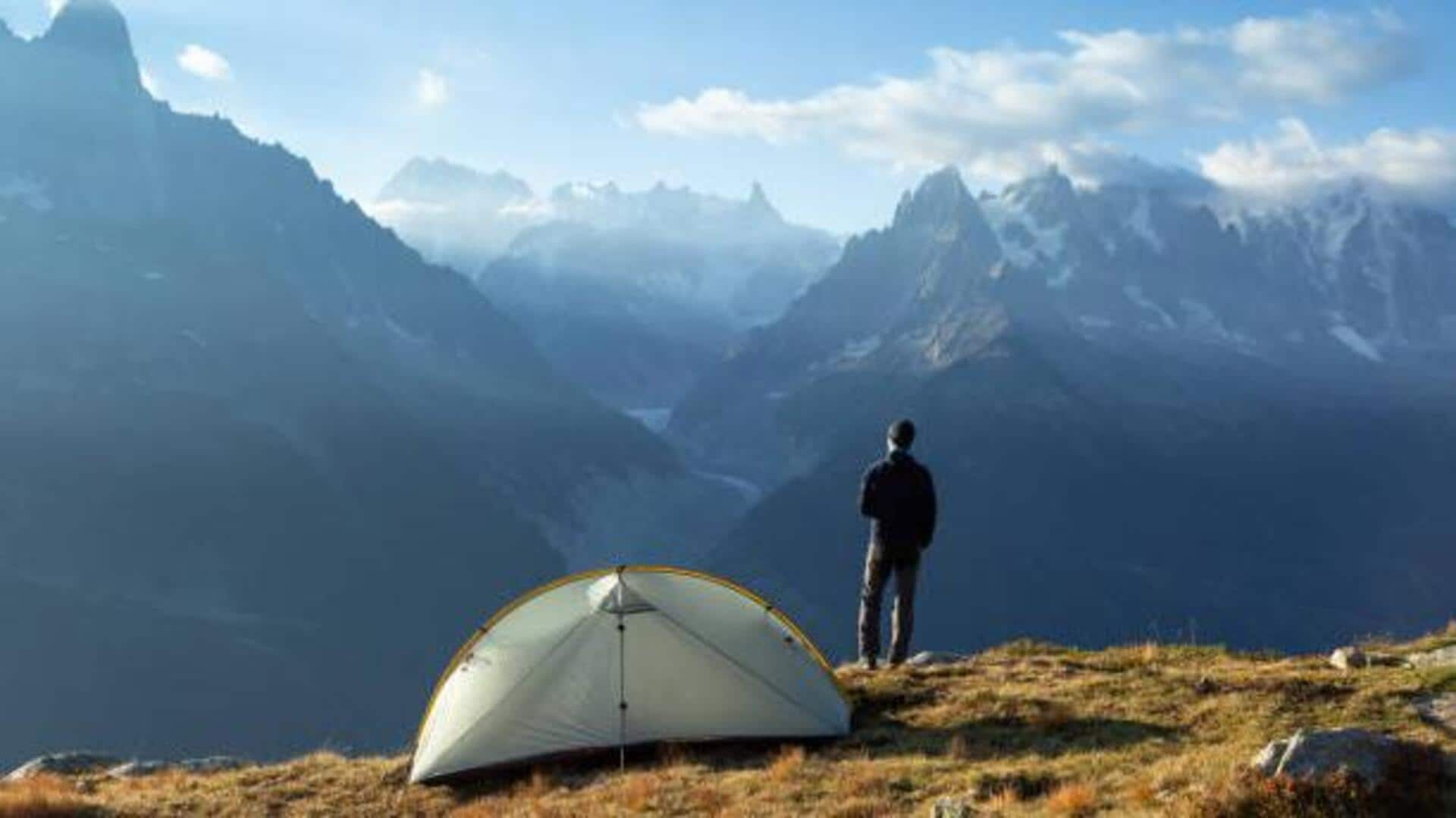
What exactly is mountain bivouacking?
What's the story
Mountain bivouacking presents a rare chance to experience loneliness at insane heights. The activity entails spending the night in mountains without the luxury of a tent. Rather, it depends on minimal gear and natural shelters. It's an adventure for those who want to connect with nature on a deeper level, and take a break from the daily grind. It can be both challenging and rewarding. It gives a glimpse of self-reliance and adaptability.
Location selection
Choosing the right location
Choosing the right location for your bivouac is essential. Seek out areas that provide natural shelter from wind and weather, like rock overhangs or heavy tree cover. Make sure the location is free of risks like falling rocks. Check local rules about camping in certain areas to stay away from legal troubles.
Gear essentials
Essential gear for bivouacking
When planning a mountain bivouac, pack only essentials to keep your load light. A high-quality sleeping bag rated for low temperatures is essential, along with an insulated sleeping pad for comfort and warmth. A waterproof bivy sack can offer added protection against moisture and wind. Carry enough food and water for your stay, along with basic cooking equipment, if necessary.
Weather awareness
Weather considerations in mountains
Understanding weather is crucial when planning a mountain bivouac. While it's important to check forecasts before heading out, it's equally important to be prepared for sudden changes in conditions typical of high altitudes. Learn to spot signs of incoming storms or temperature drops on-site to make informed decisions about staying put or moving to safer ground.
Safety measures
Safety tips for mountain bivouacking
Most importantly, always prioritize safety during mountain bivouacking adventures. Inform someone about your plans before leaving, including your expected return time and location details. Carry navigation tools like maps or GPS devices to avoid getting lost in unfamiliar terrain. Be aware of wildlife in the area and know how to store food safely away from animals' reach.